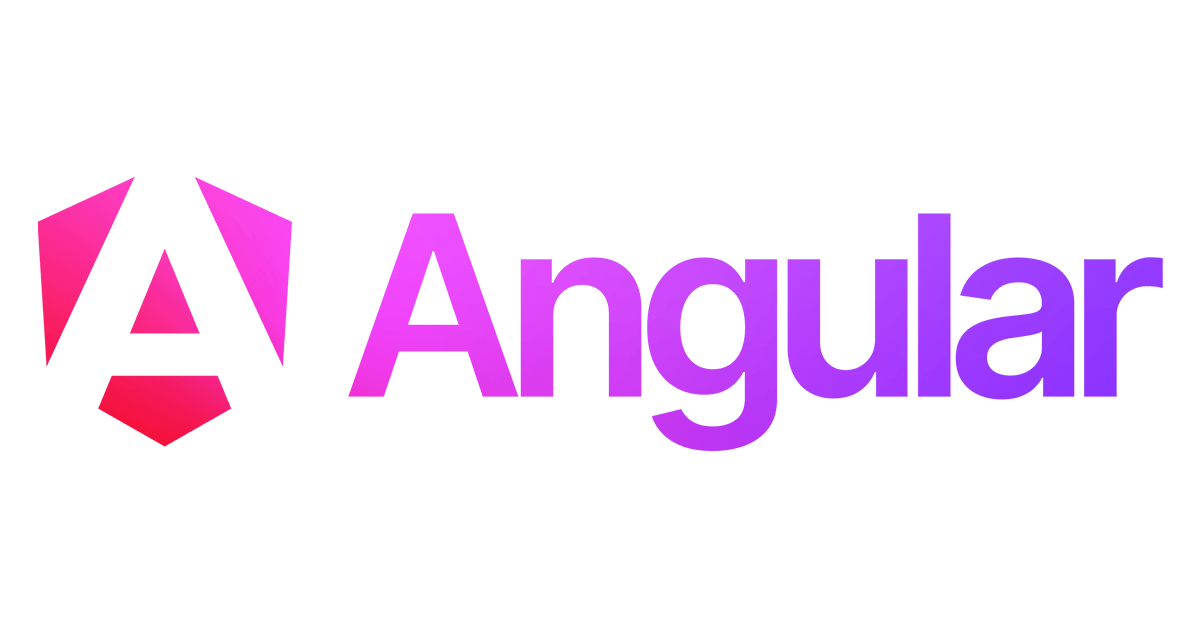What is Angular?

Hire Arrive
Technology
about 1 year ago
 Angular is a popular open-source front-end web application framework led by the Angular Team at Google and by a community of individuals and corporations. It's a powerful tool for building dynamic, single-page applications (SPAs) and complex web applications. While sharing the name with its predecessor, AngularJS (Angular 1.x), Angular (often referred to as Angular 2+ or simply "Angular") is a completely rewritten framework, built from the ground up using TypeScript.
Angular is a popular open-source front-end web application framework led by the Angular Team at Google and by a community of individuals and corporations. It's a powerful tool for building dynamic, single-page applications (SPAs) and complex web applications. While sharing the name with its predecessor, AngularJS (Angular 1.x), Angular (often referred to as Angular 2+ or simply "Angular") is a completely rewritten framework, built from the ground up using TypeScript.
This rewrite brought significant improvements in performance, scalability, and maintainability. Angular's core principles revolve around:
* Component-Based Architecture: Angular applications are built from reusable components. Each component encapsulates its own template (HTML), logic (TypeScript), and styling (CSS), promoting modularity and ease of development. This structure makes it easier to manage large and complex applications.
* TypeScript: Angular uses TypeScript, a superset of JavaScript, which adds static typing and other features that improve code readability, maintainability, and debugging. TypeScript's type system helps catch errors during development, reducing runtime issues.
* Data Binding: Angular provides powerful data binding capabilities, allowing for seamless synchronization between the application's data and the user interface. This means changes in the data automatically update the view, and vice-versa, simplifying the development process. Angular supports two-way data binding, making it extremely efficient for updating information.
* Dependency Injection: Angular's dependency injection system allows for loose coupling between components, making code more modular, testable, and maintainable. This system makes it easier to replace or modify parts of an application without affecting other components.
* Routing: Angular's router allows for navigation between different views within a single-page application. This makes it easy to create complex applications with multiple screens and interactions.
* Directives: Directives extend HTML with custom attributes and elements, enabling the creation of reusable UI components and manipulating the DOM (Document Object Model) in powerful ways.
* Angular CLI (Command Line Interface): The Angular CLI is a command-line tool that simplifies the development process. It provides commands for creating components, services, and modules, as well as for building, testing, and deploying applications. It significantly streamlines the workflow, especially for larger projects.
Angular vs. Other Frameworks:
Angular competes with other popular JavaScript frameworks like React and Vue.js. While all three achieve similar goals, they differ in their approaches:
* React: Focuses primarily on the UI layer and utilizes a virtual DOM for efficient updates. It's known for its flexibility and vast community support.
* Vue.js: Offers a more gradual learning curve and is often praised for its simplicity and ease of integration into existing projects.
* Angular: Provides a more structured and opinionated approach, offering a complete framework for building large-scale applications. It's particularly well-suited for enterprise-level projects requiring strong architecture and maintainability.
Getting Started with Angular:
To start learning Angular, you'll need a basic understanding of HTML, CSS, and JavaScript. Familiarity with TypeScript is highly recommended but not strictly required initially. The official Angular website provides extensive documentation, tutorials, and resources to help you get started. The Angular CLI simplifies the setup and development process.
In conclusion, Angular is a robust and comprehensive framework ideal for building sophisticated, scalable, and maintainable web applications. Its structured approach, powerful features, and large community support make it a compelling choice for developers working on complex projects.